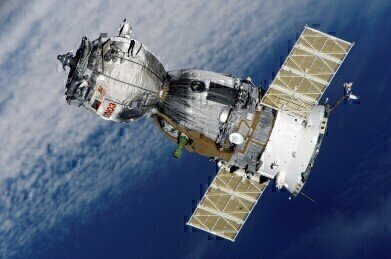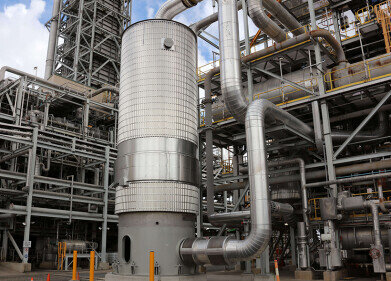Air Clean Up
What Is Satellite Pollution?
May 05 2021
In 1957, the Soviet Union launched Sputnik 1, the first artificial satellite to ever be sent into space. Since then, tens of thousands of similar instruments have been sent into orbit around planet Earth, serving a wide range of purposes. From supporting climate monitoring to mapping navigational routes, satellites have aided our understanding of the world in many different ways.
It’s somewhat ironic, then, that these devices were intended to enhance our view of the planet from afar, but are now actually inhibiting our ability to see the night sky due to their very presence. So-called satellite pollution has reached such a saturation point that there is now no location anywhere in the world that is free from the pollution caused by satellites and space junk, according to new research.
Stargazer dismay
The study was undertaken by researchers from the Slovak Academy of Scientists, who found that even in the darkest reaches of the planet, the night sky still retains a faint glow caused by atmospheric sources such as ionised particles. On top of that, the presence of thousands of satellites and other objects floating in space could add around 10% more diffuse light, according to the estimations of the paper’s authors.
While the discrepancy is too small to be noticeable by most amateur stargazers, it is in fact detectable by the naked eye. Therefore, it will certainly have a negative impact on astronomers seeking to catch a glimpse of distant galaxies, which are a principal component of the research which goes into understanding more about how galaxies are formed and how dark matter is created. Tellingly, the International Astronomical Union suggested in 1979 that new observatories should only be built in locations where light pollution did not exceed 10%. Complying with that idea today is an impossibility.
Brighter future spells worse news
It’s a situation that is only expected to deteriorate in the future, as well. Whereas the launch of satellites was once the exclusive remit of enterprising governments, it’s becoming more and more common among private enterprises. They are used for a wide variety of purposes, from predicting meteorological patterns to monitoring emissions levels from power plants and other industrial facilities.
Satellites are also being increasingly used for less scientific ends, as well. The aerospace and transportation company SpaceX, founded by Elon Musk in 2002, was responsible for sending over a thousand satellites into orbit in the last two years alone, as part of a push to create high-speed internet infrastructure across the planet. Meanwhile, retail giants Amazon are also set to launch thousands of their own satellites in the coming years, potentially further obscuring our view of the night sky.
Events
IWA World Water Congress & Exhibition
Aug 11 2024 Toronto, Canada
Aug 25 2024 Stockholm, Sweden and online
Sep 03 2024 Mexico City, Mexico
Sep 03 2024 Mexico City, Mexico
Sep 03 2024 San Diego, CA, USA














